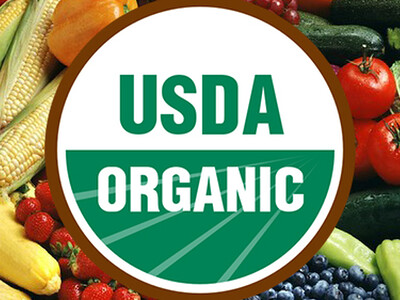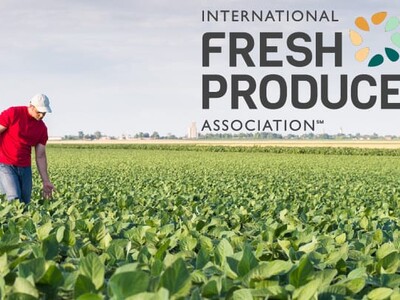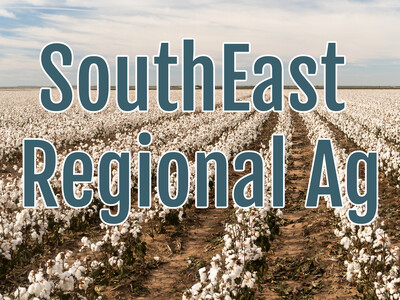Potatoes and soil health
According to soil scientist and blogger Deirdre Griffin-LaHue, in the US, overall, the potato industry was a $4 billion industry in 2020. Americans will eat their potatoes fresh, frozen, fried, chipped, canned, and dehydrated. Potato products are also used as food ingredients, like potato starch.Potatoes are a valuable crop in Washington state. It is the second leading producer of potatoes in the United States (after neighboring Idaho). Central Washington grows Russet potatoes primarily for french fries and other processed potato products. Northwestern Washington is known for colorful, fresh-market potatoes.
The potato industry in Washington recognizes the importance of healthy soils for long-term, sustainable production of the crop. One issue with growing potatoes: they are a tuber crop, growing belowground. Thus, planting and harvesting them disturbs the soil more than a crop like wheat or barley, which are harvested aboveground. Growers and researchers are working on strategies to promote soil health in this typically high disturbance system.
Through Washington’s new Soil Health Initiative, Griffin-LaHue’s team and collaborators recently set up a long-term rotational experiment to explore some of these strategies in potato-based systems. The strategies represent the typical rotations and soils of the area. The trial is designed with methods that use changing levels of:
soil disturbance (i.e., tillage),
organic matter inputs,
internal (cover crops and residues) and,
external (compost).
This allows the team to study multiple soil health principles and how they interact with one another.
Potatoes in northwestern Washington are typically grown in a particular field every 3-5 years. Soil improvement strategies are really focused on what happens before and after the potato crop.
One practice many growers are experimenting with is using cover crops. Cover crops are grown between cash crops to provide agroecosystem benefits related to 3 of the 4 main soil health
principles: cover the soil, increase diversity, and maximize continuous living roots, which help feed microorganisms in the soil.













